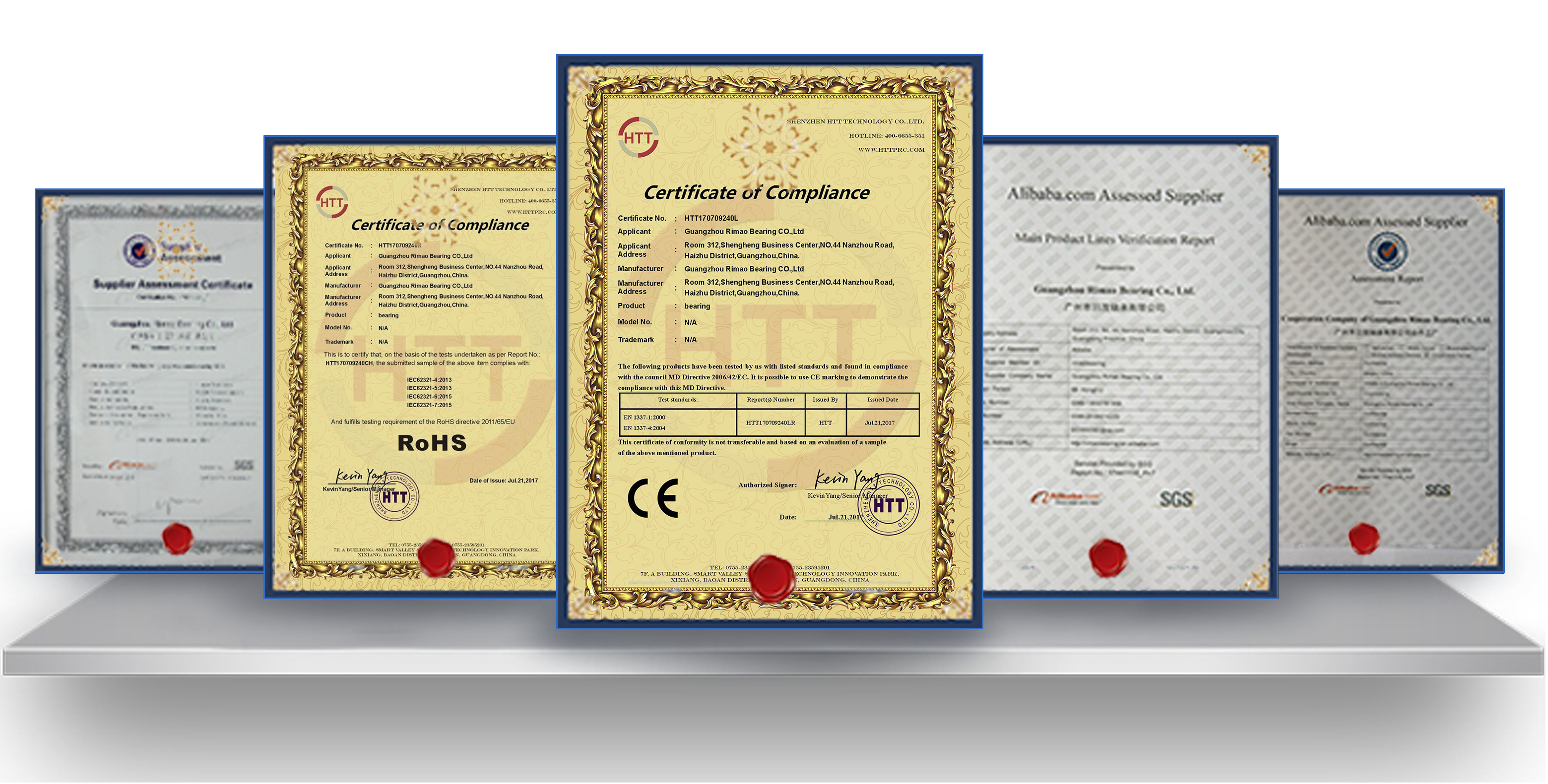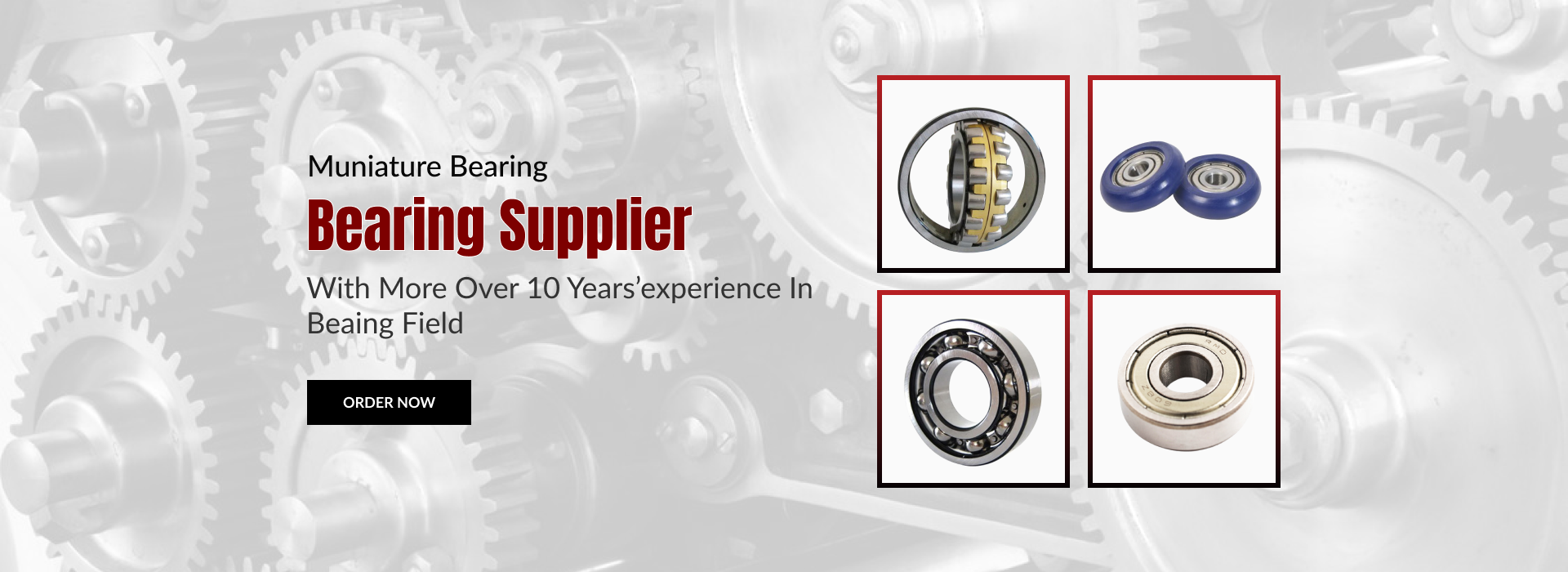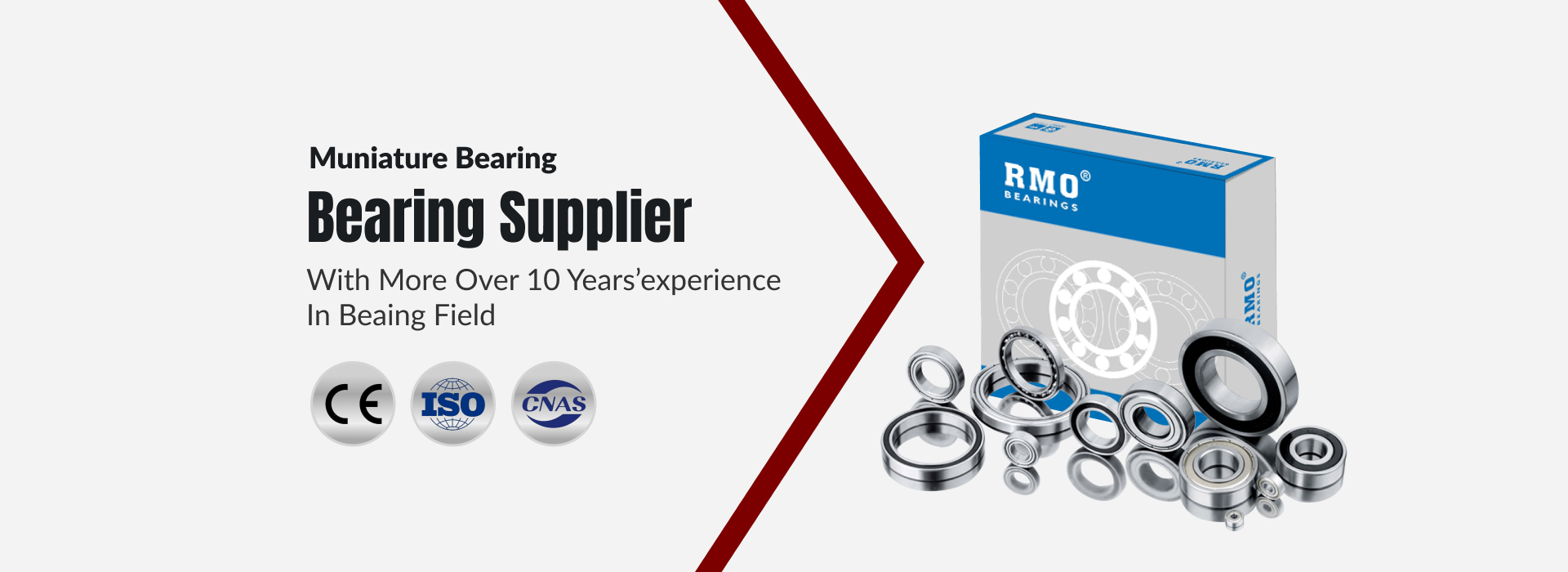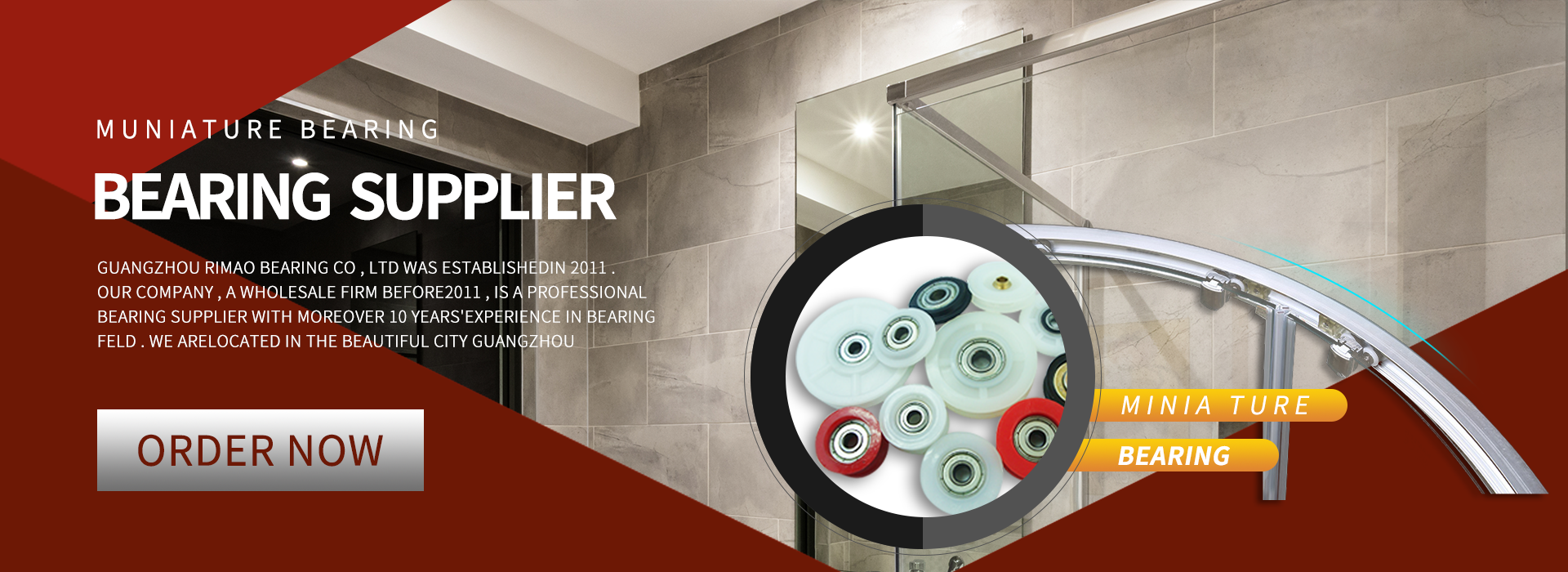ABOUT US
Guangzhou Rimao Bearing Co., Ltd. was established in 2011. Our company, a wholesale firm before 2011, is a professional bearing supplier with more over 10 years' experience in bearing field.
Our Focus Has Always Been In Your Business
Guangzhou Rimao Bearing Co., Ltd. was established in 2011. Our company, a wholesale firm before 2011, is a professional bearing supplier with more over 10 years' experience in bearing field. We are located in the beautiful city Guangzhou, which is one of economic centers...
best before-sale service
quality control service
big professional team
CERTIFICATE
Guangzhou Rimao Bearing Co., Ltd. was established in 2011. Our company, a wholesale firm before 2011, is a professional bearing supplier with more over 10 years' experience in bearing field.

HOT PRODUCTS
Guangzhou Rimao Bearing Co., Ltd. was established in 2011. Our company, a wholesale firm before 2011, is a professional bearing supplier with more over 10 years' experience in bearing field.
CERTIFICATE
Guangzhou Rimao Bearing Co., Ltd. was established in 2011. Our company, a wholesale firm before 2011, is a professional bearing supplier with more over 10 years' experience in bearing field.
big discount Up To 22% off
This discount is not valid in conjunction with other offers

 English
English German
German French
French Russian
Russian Spanish
Spanish Japanese
Japanese Korean
Korean Portuguese
Portuguese Ukrainian
Ukrainian Arabic
Arabic Italian
Italian

























